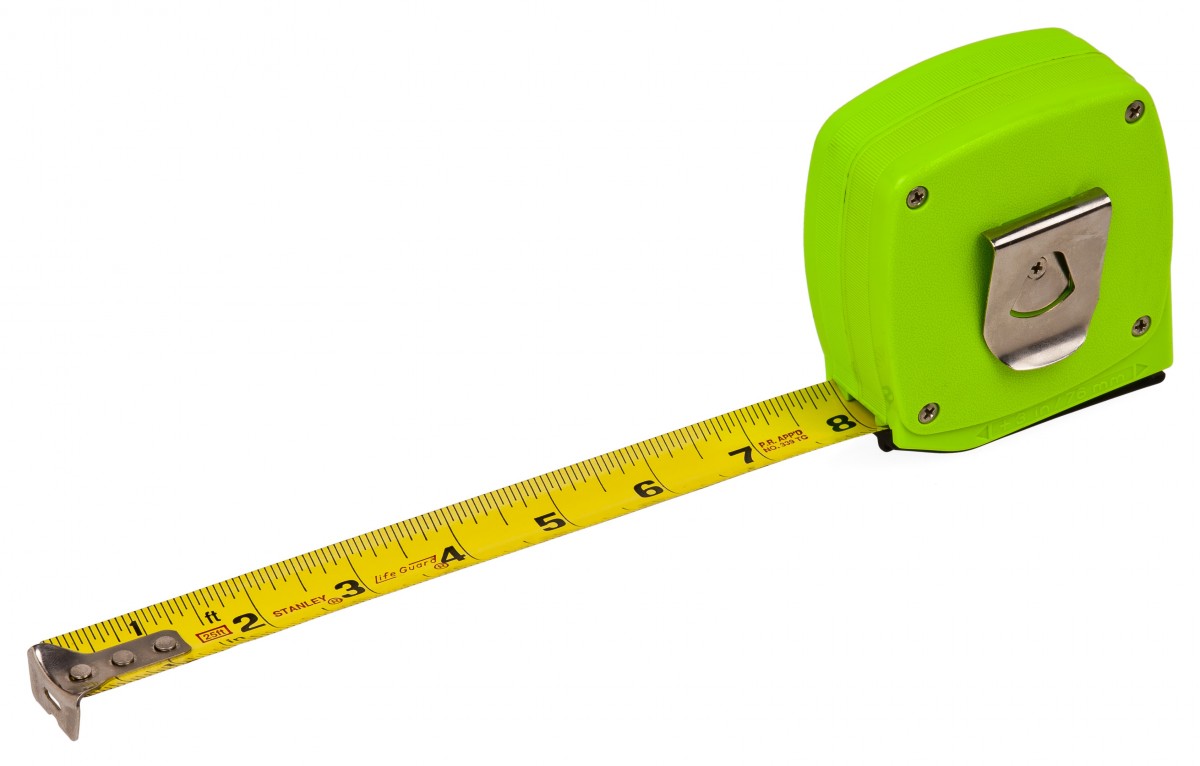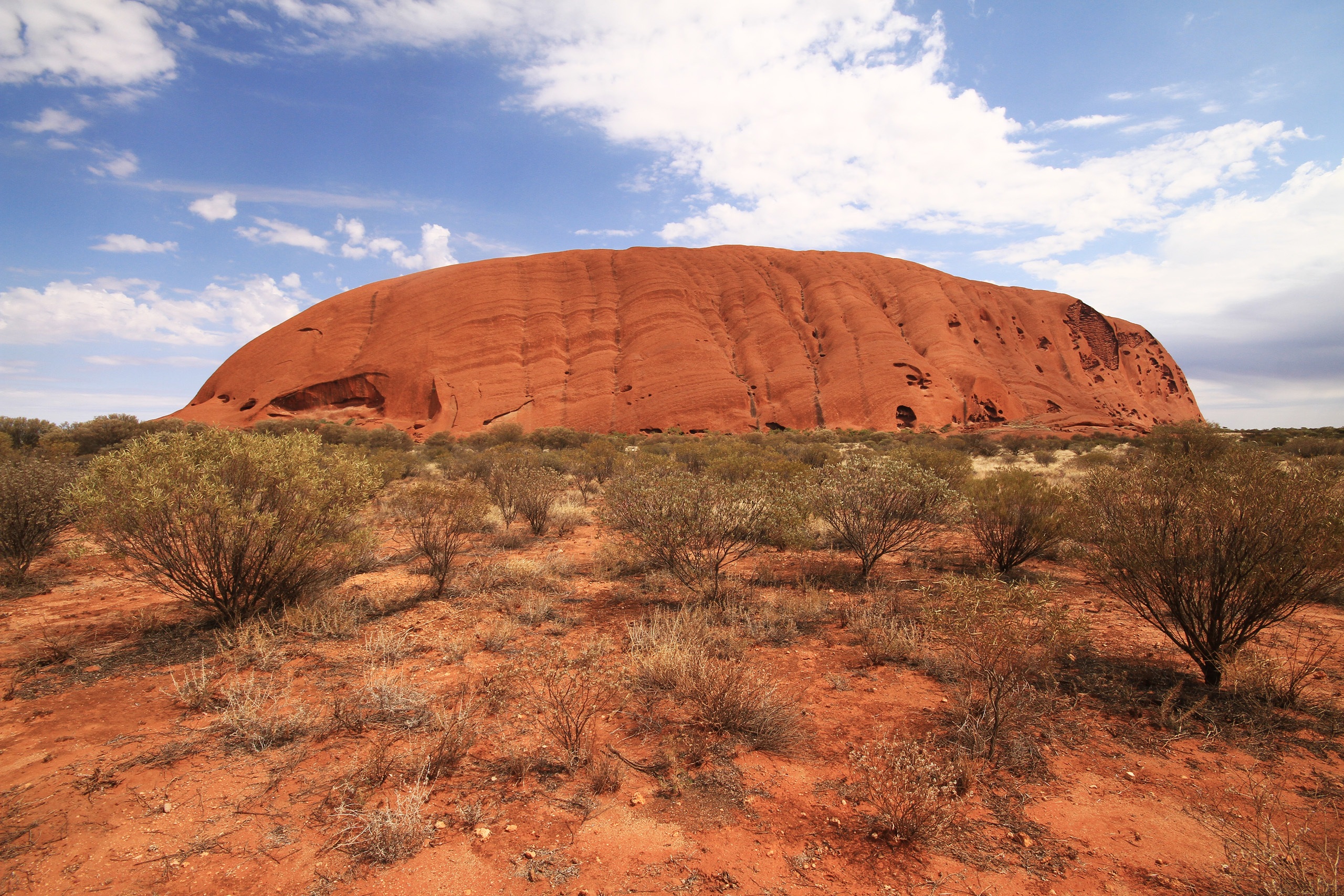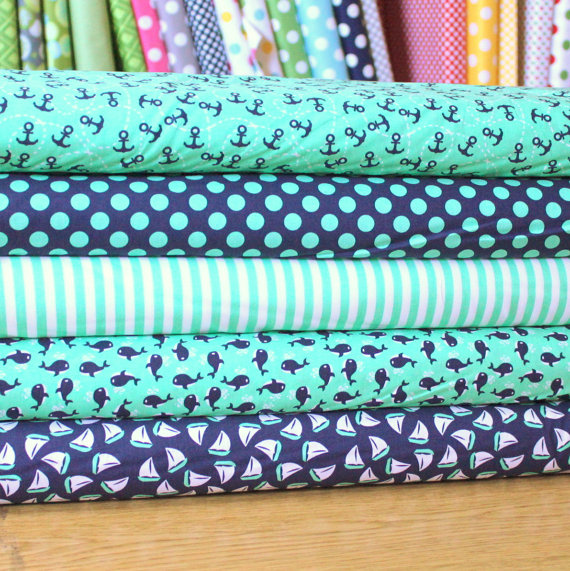Prekinder to Grade 2 Mathematics
Imperial Length
Imperial Length

This is Blublubox, a friendly alien from the planet BleBeep who is visiting the Earth. He'd like to find out about how Earthlings measure things like heights and distances. These are examples of length measurements.
Well, Blublubox, there are two main systems used for measuring things here on Earth. They are the metric system and the Imperial system (the US standard system is very similar to the Imperial system). In this article, we'll talk about measuring length using the Imperial system. This is the system that the childrens' grandparents might be used to. For lengths, the Imperial units are identical to the US standard units. You can read about the metric system in the article on measuring length in the metric system.
Units for Length Measurement in the Imperial System
There are many different units used for measuring length in the Imperial system. The most commonly used ones are:
- Inches
- Feet
- Yards
- Miles
Inches

Inches are the smallest of the commonly used Imperial units of length. They are used to measure small lengths. Rainfall, the sizes of photographs, and patches for patchwork quilts are measured in inches.
A quick way to estimate a one inch length is to take the length from the top knuckle of your thumb to the tip of your thumb. Of course, everyone's thumbs have different lengths, so this isn't a very accurate measurement.
Some example measurements in inches are:
- A small paper clip is 1 inch long.
- The diameter of a 10 cent piece is just under 1 inch.
- A human adult's hand is about 4 inches wide across the knuckles. Your hand is probably about 6 inches wide, Blublubox.
- Your ruler is about 12 inches long.
To convert from inches to centimetres, remember that one inch is equal to 2.54 centimetres.
Feet
The foot is the next largest Imperial unit of length:

A foot is the length of an average adult male's sneaker.
Of course, different people have feet of different lengths, so this isn't a very accurate measurement.
Some examples of measurements in feet are
- Your ruler is about a foot long.
- A humpback whale is \(39\)-\(52\) feet long.
- The average 3 year old child is about 3 feet tall.
- The Sydney Harbour Bridge is 160 feet high

- Uluru is 1,142 feet high

To convert from feet to centimetres, remember that one foot is equal to 30.48 centimetres.
Yards
The yard is the next largest Imperial unit of length:

We can use yards (or feet) to measure the lengths of running tracks, playgrounds, rooms in houses and short paths. Fabric is sold by the yard.
Some examples of measurements in yards are
- A 3 year old child is about \(1\) yard tall.
- People estimate yards by taking a long step.
- The door knob on your door at home is \(1\) yard above the floor.
- The shallow end of a swimming pool is around \(1\) yard deep.
- A cricket pitch is \(22\) yards long and \(3.33\) yards wide.
- The oval at the MCG is \(187\) yards long.
To convert from yards to metres, remember that one yard is equal to 0.9144 metres.
Miles
The mile is the largest of the commonly used Imperial units of length. We use miles to measure long distances.

We measure the distances between cities and the lengths of plane journeys in miles.
Some examples of measurements in miles are
- One mile is the distance you can walk in about \(20\) minutes.
- The maximum width of Bass Strait is \(217.48\) miles.
- There are \(545.3\) miles between Sydney and Melbourne along the M31.
- The Great Barrier Reef is \(1,600\) miles long.
- The flight from Sydney to Wellington (NZ) is \(1,382\) miles long.
To convert from miles to kilometres, remember that 1 mile is equal to 1.609344 kilometres.
Conclusion
So, Blublubox, those are the commonly used Imperial measurements. You would measure the width of your spots in inches, your height in feet, the length of the aisle in your space ship in yards, and the diameter of the Earth in miles.
Description
This mini book covers the core of Math for Foundation, Grade 1 and Grade 2 mathematics including
- Numbers
- Addition
- Subtraction
- Division
- Algebra
- Geometry
- Data
- Estimation
- Probability/Chance
- Measurement
- Time
- Money
- and much more
This material is provided free of cost for Parent looking for some tricks for their Prekinder, Kinder, Prep, Year 1 and Year 2 children
Audience
Grade 1/Year 1, Grade 2/Year 2, Prep, Foundation, Kinder and Pre-Kinder
Learning Objectives
These lessons are for kids aged 4-8 with the core objective to expose their brains to concepts of addition, subtraction, division, algebra and much more.
Author: Subject Coach
Added on: 6th Apr 2018
You must be logged in as Student to ask a Question.
None just yet!